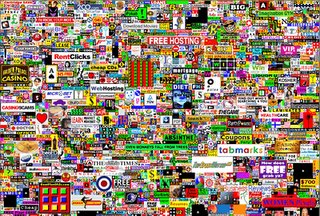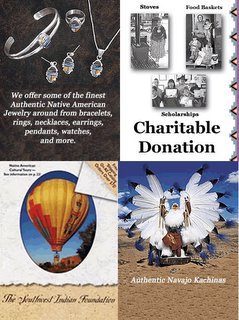 Photo Credit
Photo Credit Online fever has everyone all atwitter. An article on Reuters highlights that Social networking sites are the "hottest attraction on the Internet", taking over the top spot long held by "porn". This is a MAJOR change in how people communicate. And, a welcome change in online users' "interests", too.
Online fever has everyone all atwitter. An article on Reuters highlights that Social networking sites are the "hottest attraction on the Internet", taking over the top spot long held by "porn". This is a MAJOR change in how people communicate. And, a welcome change in online users' "interests", too.
Research done by "data geek", Bill Tancer, analyzed the information of over 10 million web users, indicating that one of the major shifts in cyberspace has been a drop in the surfing of porn sites. Over the last ten years, porn searches have dropped from an all-time high of 20% of all web use.
"As social networking traffic has increased, visits to porn sites have decreased," said Tancer. Marketers take note of such an increase in social networking.
American celebra-mania is still affecting us, though, especially in the current U.S. presidential election. Web surfers are busy looking for photos of Republican VP candidate Sara Palin photoshopped in a teeny bikini or "researching" how tall is Barack Obama vice researching any real campaign issue.
Information spreads so quickly on the internet that the speed and the "need" for instant gratification predilects fact checking, too. The old adage of "just because you see something in print, it's not necessarily true" holds for online as well. Get the facts!
Now there's a business opportunity for someone: creating an online fact-filter search engine! And, I'm sure, those whose business models somehow combine porn and social networking are even happier with the survey results. They win either way.
So how popular are social networks worldwide? According to Synovate's survey, 42% of us are using social networks (like Facebook, MySpace, LinkedIn). The other 58% have no idea what we're talking about.
The survey was conducted over 13,000 internet users ranging from 18-65 years of age in 17 different global markets. Countries with the largest understanding of social networks? Holland 89%, Japan 71%, U.S. 70%.
Interesting factoid: on average only 26% of the users were actually using social networks. Holland 49%, United Arab Emirates 46%, Canada 44% and U.S. 40%.
Lots of people are uncomfortable giving their personal information online. Only 26% of all users surveyed , as a matter-of-fact. The highest fear rates: Serbians 71%, India 57%.
According to Synovate's Sr. VP, Bob Michaels, identity theft continues to be a major U.S. problem. Another growing issue is online defamation — posting negative and/or false information about someone online — so people are becoming more and more careful about the information they share. It's much easier to blast someone or something online if we only know you by your cleverly anonymous "handle".
So, who's most uncomfortable handing out their information? Japan and Germany both with 85%, Taiwan 83%, Canada 79%, Brazil and South Africa 77%, Poland and U.S. 70%.
And, then there are those people surveyed who think social networking is dangerous. Overall 51%. Brazilians 79%, U.S. 69% and Poland 62%.
Of interesting note, approximately 1/3rd of those surveyed claimed to be losing interest in social networking. Wonder who they are? No one I know.



 Photo Credit
Photo Credit Online fever has everyone all atwitter. An article on Reuters highlights that Social networking sites are the "hottest attraction on the Internet", taking over the top spot long held by "porn". This is a MAJOR change in how people communicate. And, a welcome change in online users' "interests", too.
Online fever has everyone all atwitter. An article on Reuters highlights that Social networking sites are the "hottest attraction on the Internet", taking over the top spot long held by "porn". This is a MAJOR change in how people communicate. And, a welcome change in online users' "interests", too.

























